Fujifilm’s Film Simulation modes employ the company’s understanding of film and colour in the digital environment and give Jpeg files a specific appearance. And they do it brilliantly.
The options are Provia (standard), Velvia (vivid), Astia (soft – more subdued colour and contrast), Classic Chrome, Pro Negative High and Standard, Eterna (Cinema), Acros (black and white), Monochrome and Sepia. They’re easy to find and apply at the shooting stage because they’re accessible via the main and Quick menus.
Most Fuji photographers have their favourite Film Simulation mode, but different subjects require different treatment. Provia (standard) is a great all-rounder, for example, but sometimes the image needs the extra punch of Velvia (vivid), or perhaps the subtler tones of Astia (soft). Acros is also a great choice for black and white photography, but there are several variants with different filter effects.
So what do you do if you use the wrong Film Simulation mode? And what if you want to get the extra sharpness of the raw files that your Fujifilm camera outputs? Well, Adobe Camera Raw (supplied with Photoshop) and Lightroom have a solution. If you shoot raw files with a Fujifilm camera, whether it’s the GFX 100, GFX 50R, X-T3 or X-T30, you can apply the Film Simulation mode look to your images when you process them. The trouble is, the controls aren’t immediately obvious, so here’s how it’s done.
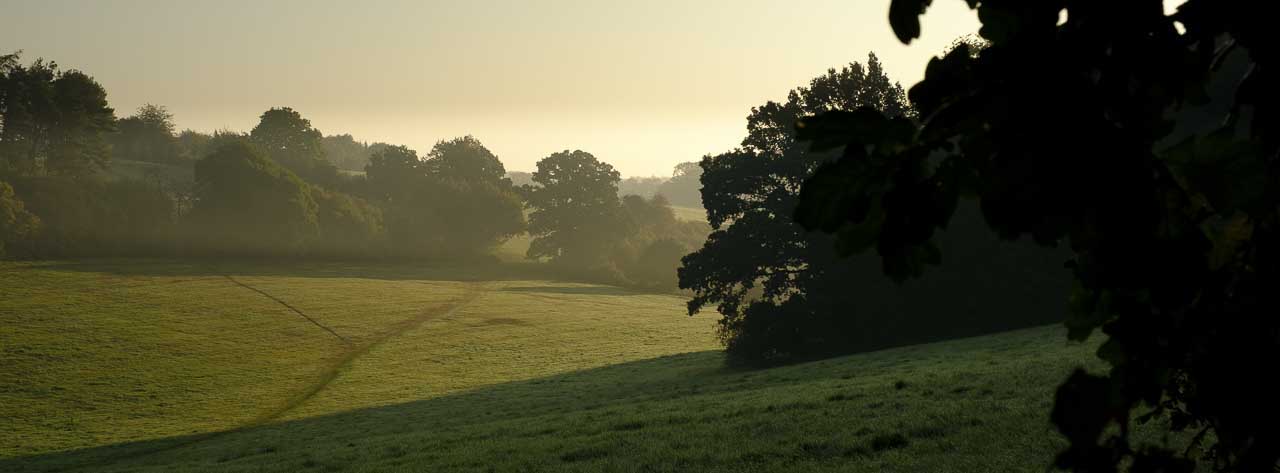
Applying Fujifilm Film Simulation Modes to Raw Files
Although they look different, Adobe Camera Raw and Lightroom both use the same engine for image editing. There are also lots of similarities in the terminology and controls available.
When you attempt to open a raw file in Photoshop, either directly or via Adobe Bridge, it automatically opens in Adobe Camera Raw. However, the process is seamless with Lightroom, all the work is done with Lightroom itself.
With a raw file open in Adobe Camera Raw, the first step is to ensure that you have the first tab (Basic) of the tools palette selected. Then, either click on the dropdown Profile control (default option is Adobe Color) followed by Browse, or click on the icon to the right that looks like four boxes.
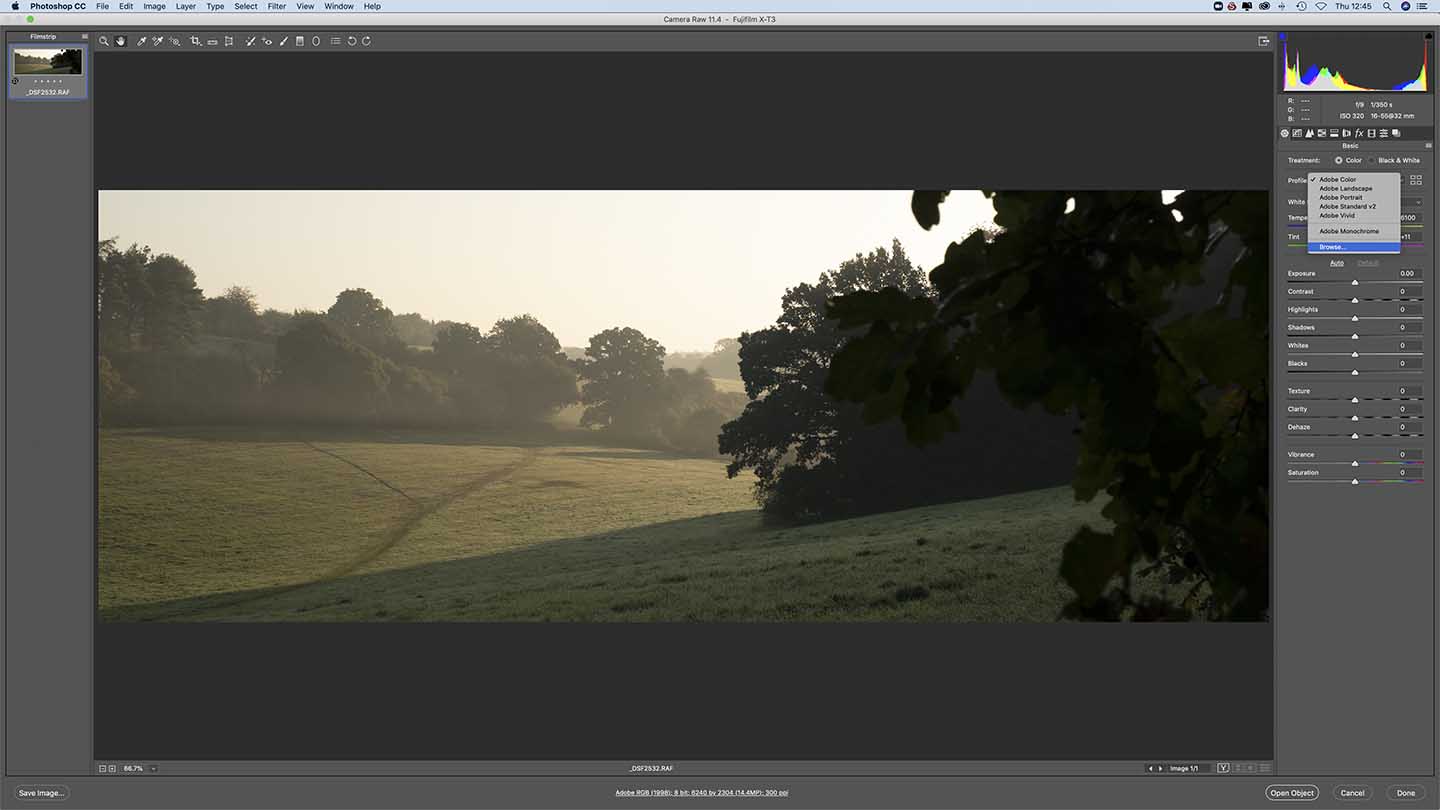
This opens a collection of selectable colour profiles. Scroll down to Camera Matching and click on it to reveal the options. You’ll now see the Fujifilm Film Simulation modes. Click on them in turn to preview their effect and find the one you want to use. When you’ve made your choice, hit return to apply it.
Tip: If you have a favourite Film Simulation mode, click on the star in the top right corner of its icon to add it the Favourites list in Adobe Camera Raw.
Once you’ve applied the profile, you can edit the image as normal, applying global or local adjustments until you get the image looking just as you want.
Applying Fujifilm Film Simulation Modes in Lightroom
The process of applying Fuji’s Film Simulation modes to raw files in Lightroom is almost identical to the process in Photoshop (Adobe Camera Raw).
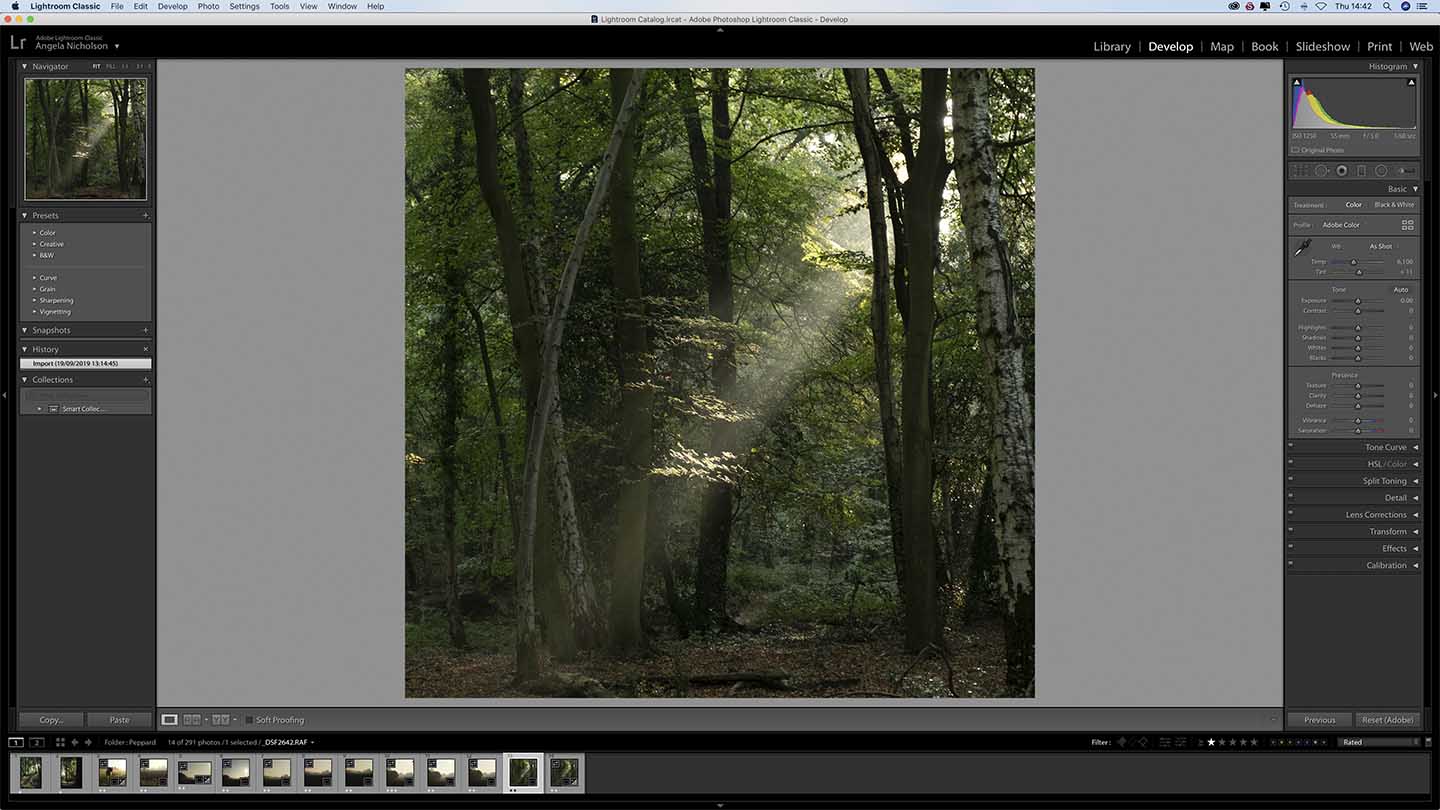
After you’ve selected the image in the Library and opened the Develop module, expand the Basic panel to reveal the Profile selection dropdown list and icon that looks like four boxes. Click on the icon to reveal thumbnail previews of the profiles. 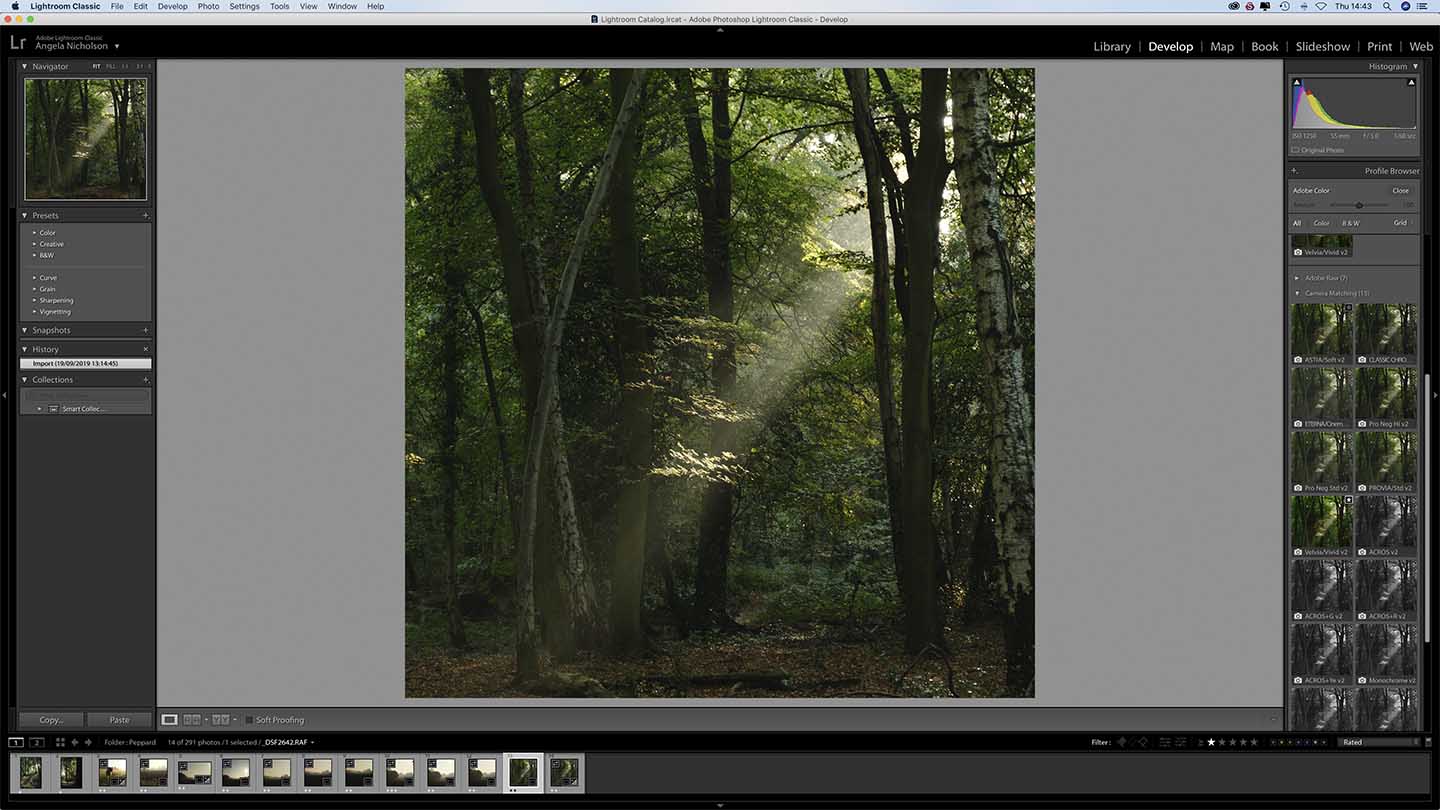
The Fuji Film Simulation Profiles are listed under ‘Camera Matching’. Click on each one to see the impact on your image and find the one you want to use. Once you’re happy, hit return to confirm your selection and access the other adjustment controls as normal.
Summary: How to apply Fujifilm Film Simulation Modes to Raw Files
- Open the image in Adobe Camera Raw or Lightroom’s Devlop module.
- Click on the profile icon in the Basic panel.
- Expand the Camera Matching options.
- Select the Film Simulation mode you like the look of and hit return.
- Make other edits to the image as nornal.
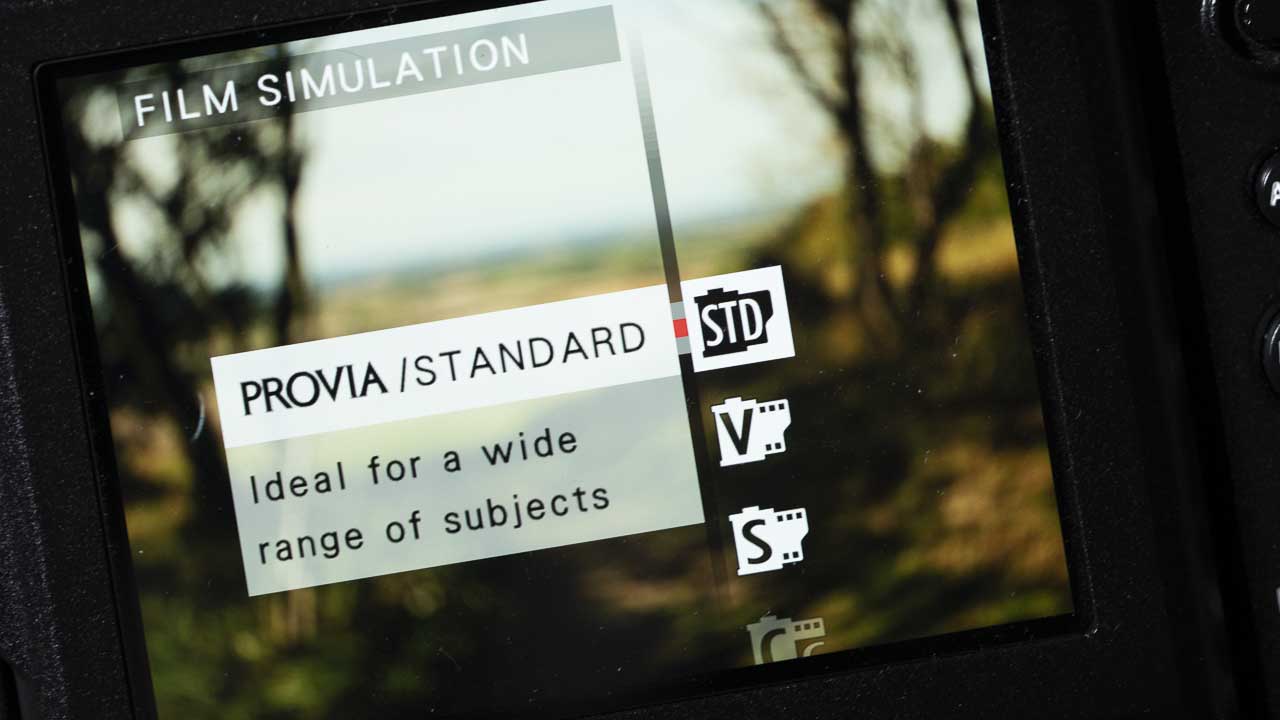



Thank you for this post. I just discovered this and Now i feel limitless on the usage of the simulation from my FUJI which I soooo love 🙂 thanks a lot